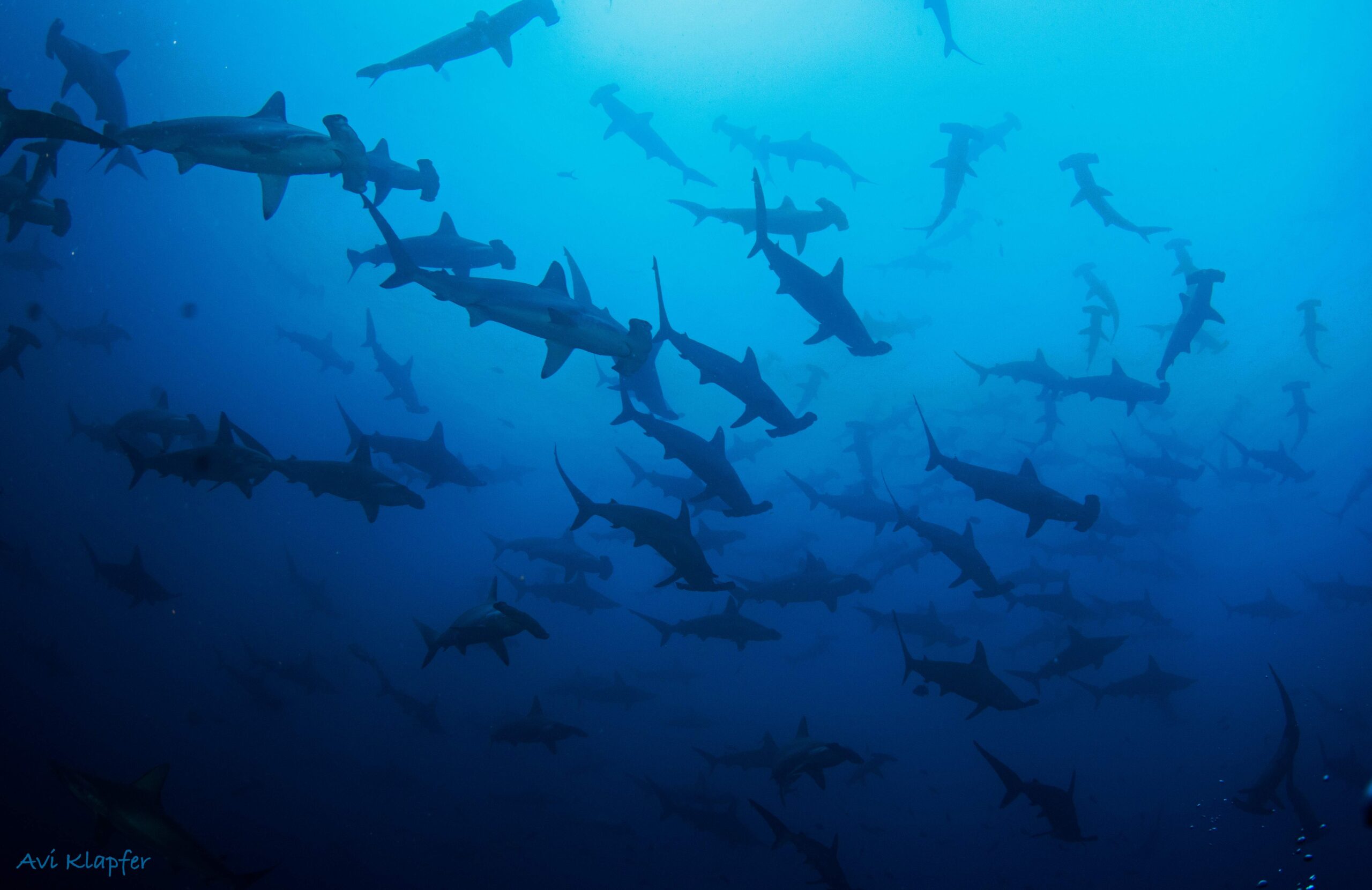Leer en español.
For Immediate Release, September 10, 2021
|
Contact: |
Mariano Castro, Turtle Island Restoration Network, mcastro@seaturtles.org |
‘New York Times’ Ad Urges Costa Rica and Ecuador Presidents to Protect Endangered Sharks and Sea Turtles by Creating the Cocos-Galapagos Swimway
WASHINGTON—Turtle Island Restoration Network (TIRN) placed a full-page ad in The New York Times today, calling on the presidents of Costa Rica and Ecuador to protect migratory marine species by creating the Cocos-Galapagos Swimway. The ad, endorsed by Dr. Sylvia Earle of Mission Blue and more than 150 organizations around the world, was also published in La Nación as both countries commit to protecting at least 30% of their marine territories by 2030.
Research completed by an international group of marine scientists known as MigraMar indicates endangered marine species including green sea turtles, leatherback sea turtles, and scalloped hammerhead sharks become vulnerable to fishing activities when they migrate between Costa Rica’s Cocos Island National Park and Ecuador’s Galapagos Marine Reserve.
Costa Rica is currently considering increasing protection around Cocos Island. The Cocos-Galapagos Swimway, which was declared a Mission Blue Hope Spot, forms an integral part of that initiative. More than 10,000 scientists and global citizens have called for the Cocos-Galapagos Swimway to be a fully-protected zone.
“It’s important to think like the sharks, the sea turtles and the various forms of life that are not just found in places where we’ve named and claimed territory,” said Dr. Sylvia Earle, founder of Mission Blue. “We must consider the creatures that occupy this liquid space that we call the ocean and realize that if we were to take action to protect them, it’s not good enough that Cocos and Galapagos have an area of a safe haven around them. What about the space in between? That has to be protected too. That’s the underlying rationale.”
Marine protected areas, such as Cocos Island National Park and Galapagos Marine Reserve, can restore the productivity of oceans, improve the ability to increase resilience to climate change, and provide socioeconomic benefits through non-extractive industries such as tourism.
“The presidents of Ecuador and Costa Rica have a unique opportunity to create a new paradigm for protecting ocean wildlife,” said Mariano Castro of Turtle Island Restoration Network. “Creating the Swimway will allow endangered species to migrate safely and connect two nation’s marine protected areas, something we hope will be a blueprint that is copied across the globe.”
Organizations among the more than 150 signatories from 20 countries include Center for Biological Diversity, CREMA, Endangered Species Coalition, Equilibrio Azul, Galapagos Conservation Trust, Grupo de los Cien, Humane Society International, Instituto Baleia Jubarte, Island Conservation, Jean-Michel Cousteau’s Ocean Futures Society, Marine Conservation Institute, Mas Galapagos, MigraMar, Mision Tiburon, Oceanic Preservation Society, Pew Bertarelli Ocean Legacy Project, Sea Shepherd Conservation Society, Sea Turtle Conservancy, Seacology, Shark Allies, SOS Galápagos, The Leatherback Trust, The SeaChange Agency and Upwell.
Turtle Island Restoration Network (TIRN) is a global conservation nonprofit and leading advocate for the world’s oceans and marine wildlife. TIRN has led more than 25 tagging expeditions to Cocos Island since 2009 to help elucidate the migratory pathways of sharks and sea turtles in the Eastern Tropical Pacific. Our work is based on science, fueled by people who care, and effective at catalyzing long-lasting positive change that protects the likes of green sea turtles, whale sharks and coho salmon. By working with people, communities, and our more than 90,000 members, we preserve and restore critical habitats like the redwood-forest creek banks of California to the biodiverse waters of Cocos Island.
Led by legendary oceanographer Dr. Sylvia Earle, Mission Blue is uniting a global coalition to inspire an upwelling of public awareness, access and support for a worldwide network of marine protected areas – Hope Spots. Under Dr. Earle’s leadership, the Mission Blue team implements communications campaigns that elevate Hope Spots to the world stage through documentaries, social media, traditional media and innovative tools like Google Earth. Mission Blue embarks on regular oceanic expeditions that shed light on these vital ecosystems and build support for their protection. Mission Blue also supports the work of conservation NGOs around the world that share the mission of building public support for ocean protection. The Mission Blue alliance includes more than 200 respected ocean conservation groups and like-minded organizations.
###




